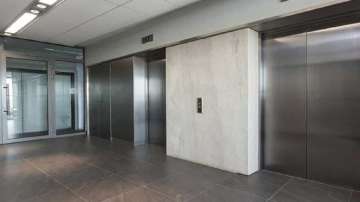A 72-year-old woman died after the cable of a lift snapped in a residential tower of Paras Tierra Society in Noida. The police has booked German elevator manufacturer ThyssenKrupp, a maintenance firm as well as office bearers of a residents' association in a society for negligence in the death of an elderly woman.
However, this is not the lone example of lift mishap in Delhi-NCR. In March, a 29-year-old man died after an open lift of a building allegedly malfunctioned in central Delhi's Kamla Market. In January, three men were killed after a hydraulic lift malfunctioned and crashed from the fourth floor at a gutka factory in Delhi’s Naraina. Nine people were injured after an elevator at a hotel in Noida plummeted from the third floor to the basement of the building in April.
Notably, the lifts are different for commercial and residential buildings and with proper regular upkeep, an elevator can have a lifespan of about 20-25 years. While there are many norms to be followed, maintaining the weight limit is the most important to avoid accidents.
Here are lift rules and regulations in India which are essential to understand:
- A building of over 13 m in height should have a lift.
- A home lift is designed to have a load capacity of not less than 204 kg (three passengers) and not more than 272 kg (four passengers)
- The speed of the lift should not exceed 0.2 m per second.
- Before installing the lift, the owner of the complex/building/project has to apply to the state government for two separate licenses. One to install and use a lift.
- A minimum of 20-25 sq ft of space is required to install a residential elevator, along with 8 sq ft of pit space.
- An elevator should not be used if the fire alarm has gone off.
Latest India News

